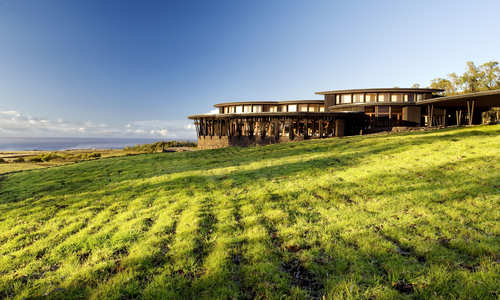Introduction
Easter Island - known as Rapa Nui to the Polynesian people who live there - is a long way from the Chilean mainland. Some 3,790 kilometres to be precise. So it's not surprising that this remote outpost in the Pacific Ocean, just south of the Tropic of Capricorn, is unlike any other part of the country.
Huge moai statues, stone figures up to 10 metres high, are the iconic landmarks of Easter Island. There are around 600 moai, which represent the tribal ancestors of the Rapa Nui people. Most were carved at the Rano Raraku quarry and transported on wooden rollers. However, when the island's natural resources began to run out in the 16th and 17th centuries, warfare erupted between tribes and many of the moai were destroyed or toppled over - the deified ancestors being seen to have failed their descendants. Today, many of the moai have now been restored and seeing them is a major Easter Island travel highlight.
Rapu Nui culture has been passed down to the present day islanders, in song, dance, art and rituals. An Easter Island tour provides the chance to witness the Polynesian customs at first hand and to learn about the tribal history of the island. The main town, Hanga Roa, and the Rapa Nui National Park, which comprises roughly half the island, are two of the best places to experience traditional island life.







